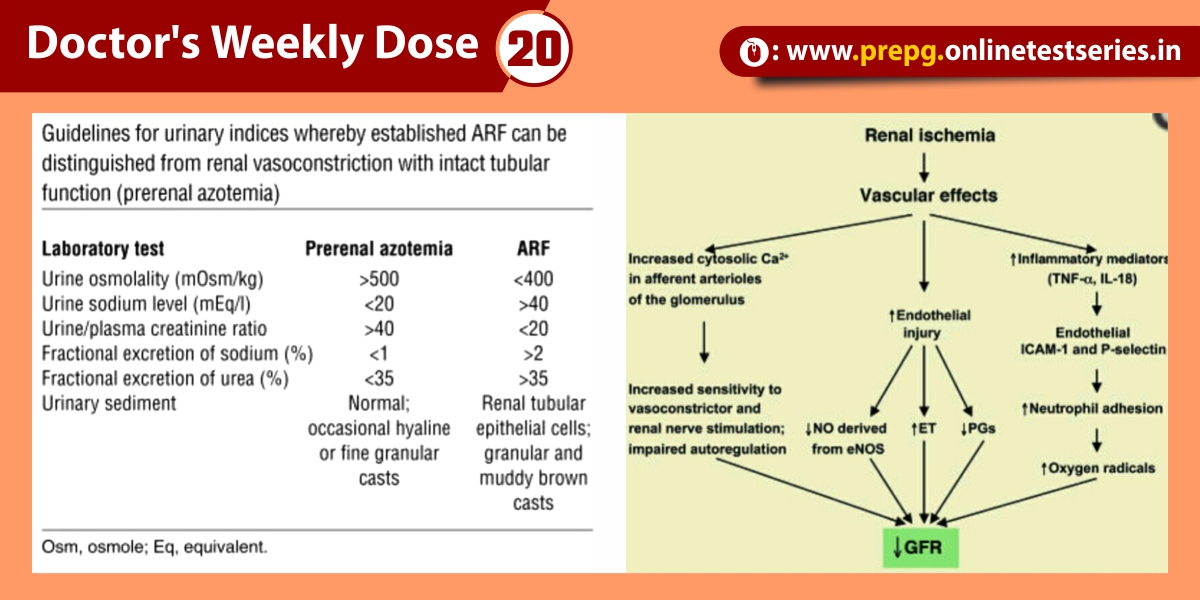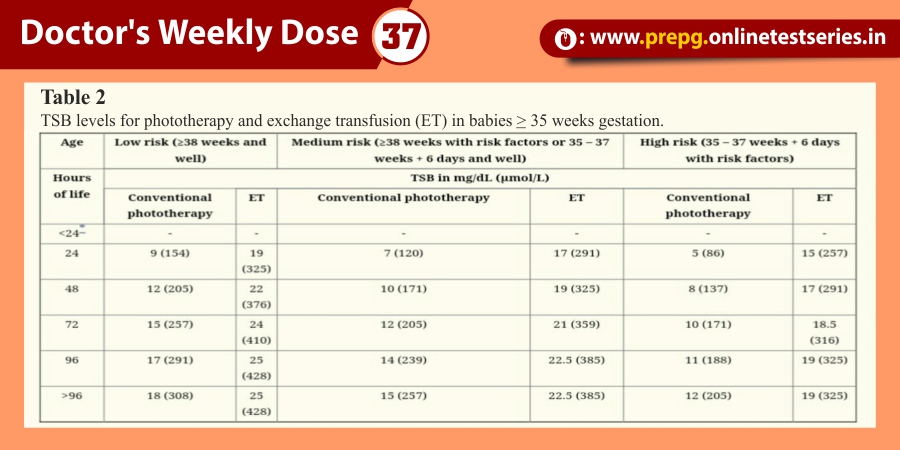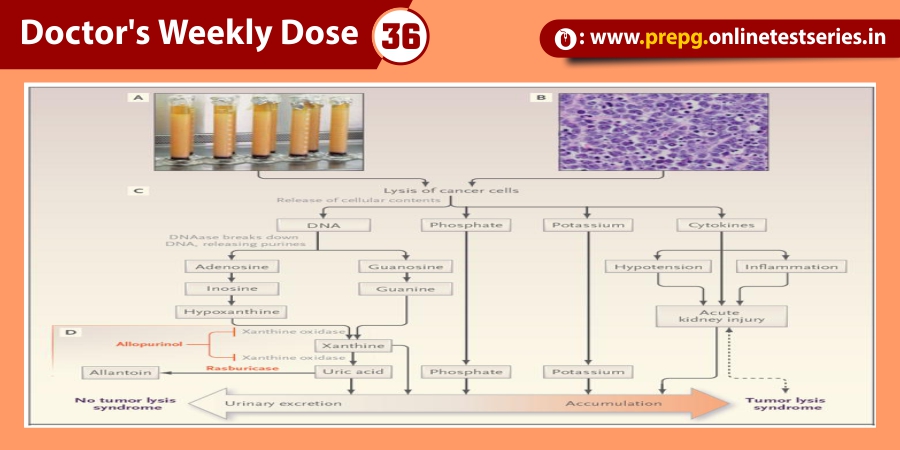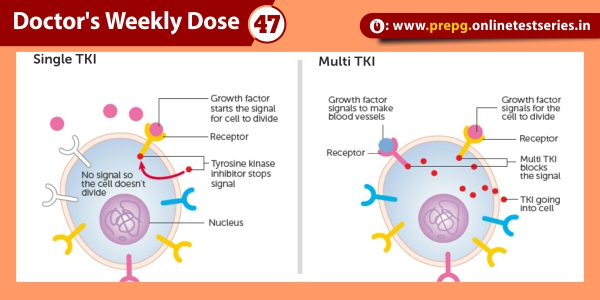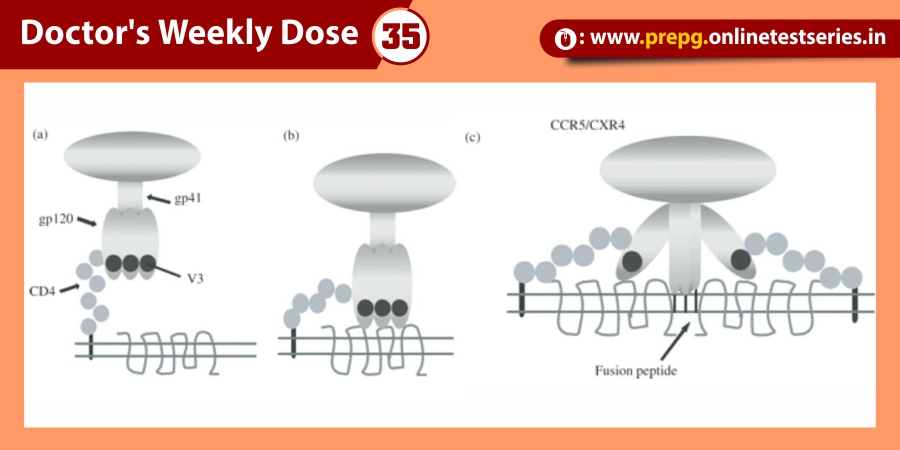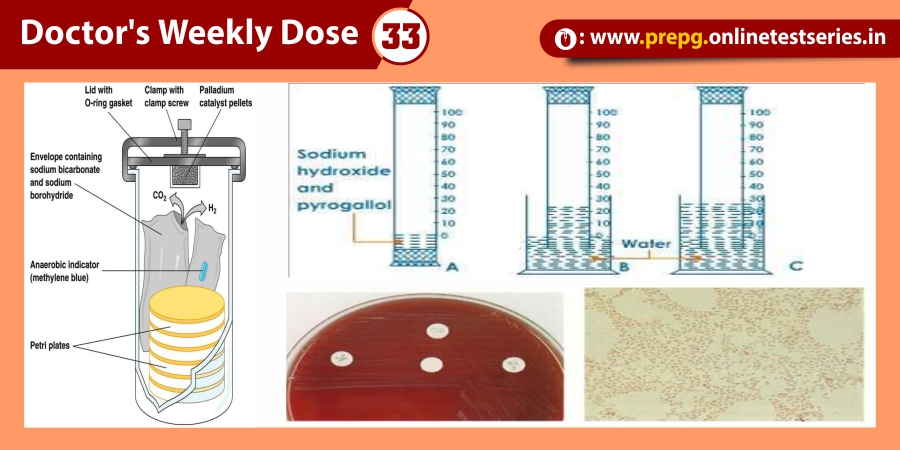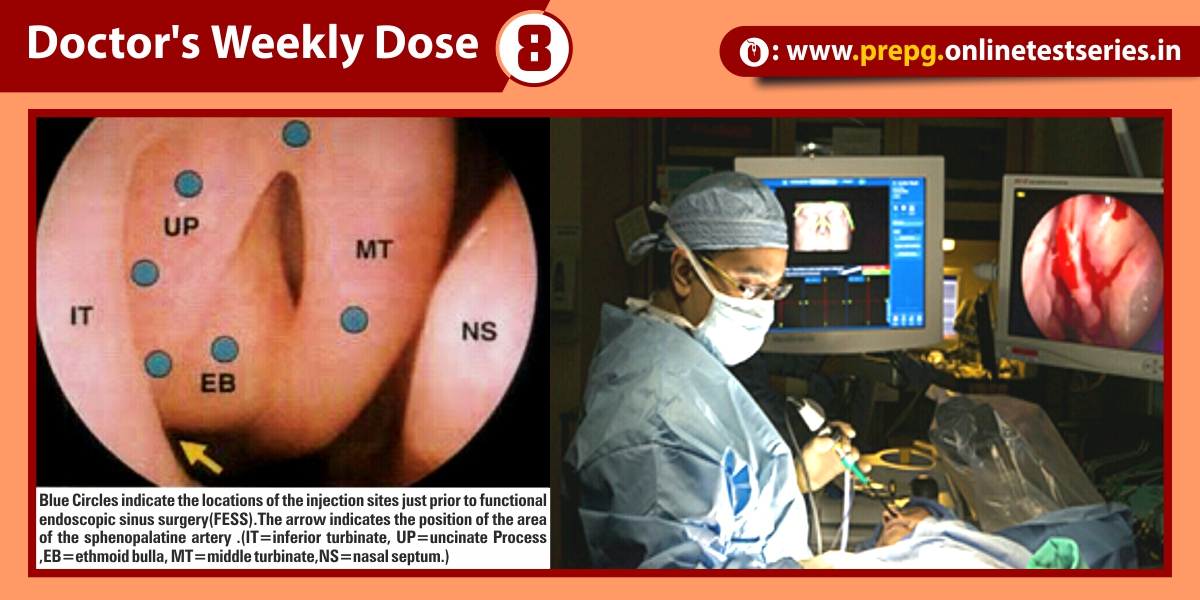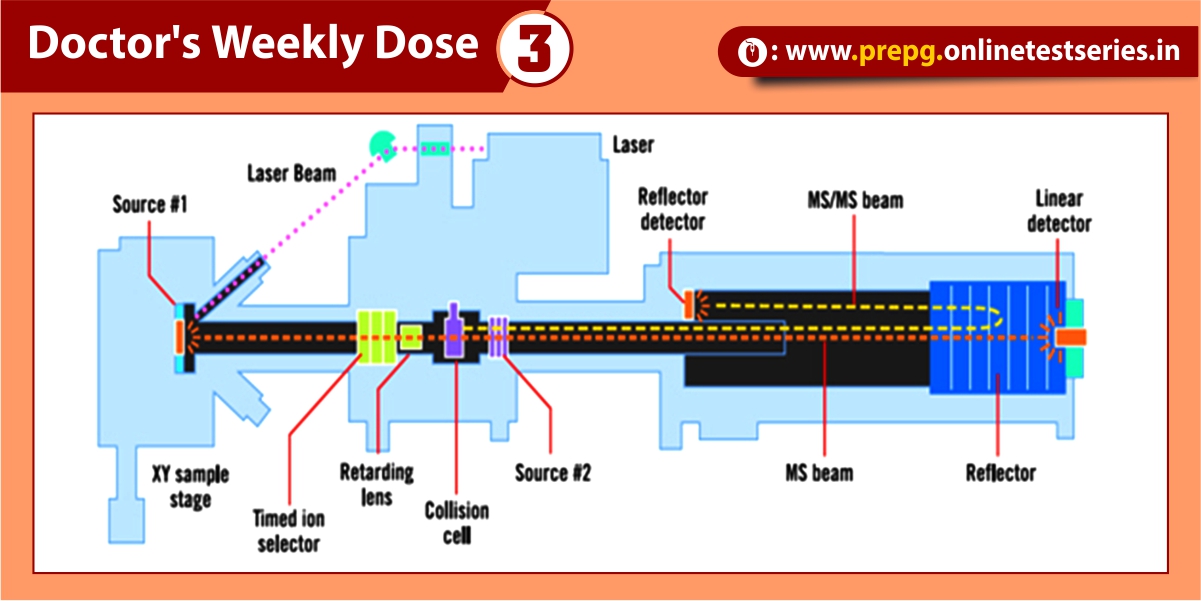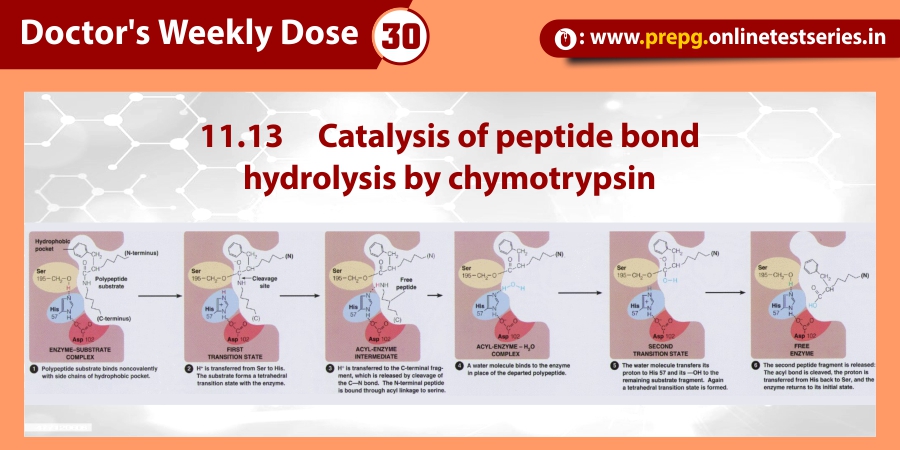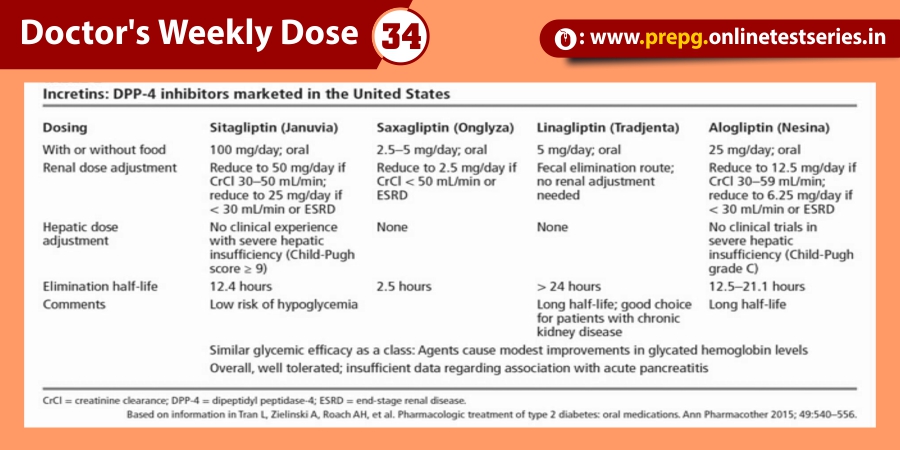Telomerase is a cellular reverse transcriptase (molecular motor) that adds new DNA onto the telomeres that are located at the ends of chromosomes. Telomeres consist of long TTAGGG nucleotide repeats and an associated protein complex, termed shelterin. The shelterin complex protects chromosome ends from end-to-end fusion and degradation forming special t-loop like structures and thus masking the linear ends of chromosome from being recognised as single and/or double-strand DNA breaks. The TTAGGG repeats shorten with each cell division due to the end replication problem, oxidative damage and other end processing events . When a few telomeres become critically shortened there is a growth arrest state, at which time a DNA damage signal and cellular senescence are normally triggered . In the absence of other changes, cells can remain in a quiescent/senescent state for years and this can be thought of as a potent anticancer protection mechanism for long-lived species such as humans.
However, human tumour cells derived from carcinomas almost universally bypass cellular senescence and DNA damage-signalling pathways. In cell line models, senescence bypass can be accomplished by abrogating important cell-cycle checkpoint genes (such as p53, p21, p16INK4a and pRb), leading to extended growth of the premalignant cells eventually leading to crisis . Crisis is a period where cell growth and death are in balance. We believe that due to chromosome end fusions, there are chromosome breakage-fusion-bridge events, leading to genomic instability, rearrangements of chromosomes and eventually activation or upregulation of telomerase. Telomerase is detected in approximately 90% of all malignant tumours making it a highly attractive target for the development of mechanism-based therapeutics .
OVERVIEW OF APPROACHES TO TELOMERASE THERAPEUTICS
Many investigators believe that targeting telomerase is a novel approach to targeted cancer therapeutics. This is not without some concerns, but in some instances therapy directed at telomerase has advanced to clinical trials to validate safety, to obtain maximum tolerable dose and in some cases to determine target specificity. Although there are many potential ways to interfere with normal telomerase function, only a few of the most promising approaches in preclinical and clinical trials will be described. Each approach has its own strengths and weaknesses ,many of which will only be resolved through clinical trials involving biomarkers and pharmacodynamic endpoints. Only through the inclusion of pharmacodynamic endpoints will target specificity for telomerase be truly evaluated, and it is this last point which will be the most challenging for trial development.
There are three general classes of agents that have been developed to target telomerase biology; gene therapy; immunotherapy and small-molecule inhibitors .
Telomerase gene therapy approaches(see figure): Antisense gene therapy such as genetic approaches to target hTERT mRNA, siRNA-mediated inhibition of a component of telomerase and so on, should selectively affect cells that are telomerase positive, while sparing telomerase-negative cells. This would be expected to take a period of time before telomerase-expressing cells died. An approach that may speed up the efficacy of gene therapy involves targeting to all cells a vector that encode an enzyme that when activated by a pro-drug will kill cells. The vector targeting telomerase is combined with an inactive enzyme and when the pro-drug is added, a toxin is released that will only kill cells that are telomerase positive. The oncolytic viral therapy takes advantage of the idea that upregulation or activation of the telomerase gene could enable the replication of a virus that could only replicate if telomerase is present. While this could theoretically affect normal stem like cells expressing telomerase, it is not clear if this will be more toxic that standard chemotherapy that affect all proliferating cells.
Telomerase (hTERT) immunotherapy :Telomerase may be a promising universal tumour antigen with broad immunotherapeutic applicability to a wide range of distinct cancers. hTERT protein is naturally processed and hTERT peptides have been shown to be presented as epitopes by the MHC, eliciting CTL responses and providing protective immunity against tumours
Targeting the RNA component of telomerase (telomerase template antagonists)
GRN163L is a short-chain oligonucleotide that is unique in its resistance to nuclease digestion in blood and tissues and its very high affinity and specificity for telomerase
(A) Conventional vs combinatorial therapy. With standard chemotherapy, tumour burden can initially result in a partial tumour reduction response, but almost universally a subset of resistant cells results in recurrence of disease. Thus, standard chemotherapy that does not affect telomere length will results in recurrence of disease with a similar average telomere length (eg, 7 kb). In contrast, combining chemotherapy with telomerase inhibitors should results in both a partial response and a gradual shortening of telomeres (right side of figure). There is every indication on the basis of preclinical research that small oligonucleotide readily enter all cancer cells. The hope is that both sensitive and chemotherapy-resistant cells may shorten their telomeres, eventually leading to more durable responses.
(B) Telomerase inhibitors affect stem cells and cancer cell differently. It has been reported (unpublished results) using markers of cancer stem cells that telomeres are shorter compared with normal stem cells. Thus, there should be a window of opportunity to target cancer stem cells with short telomeres using telomerase inhibitors, leading to cancer stem cell depletion before normal stem cells become critically shortened.
Clinical trial design for telomerase inhibitors (see figure). (A) A proposed phase III clinical trial design of telomerase inhibitors as maintenance therapy. This situation may be applicable to small-cell lung cancer after debulking chemotherapy. (B) A proposed phase III clinical trial design of telomerase inhibitors in combination with cytotoxic chemotherapy. The main endpoints are progression-free survival and overall survival.


